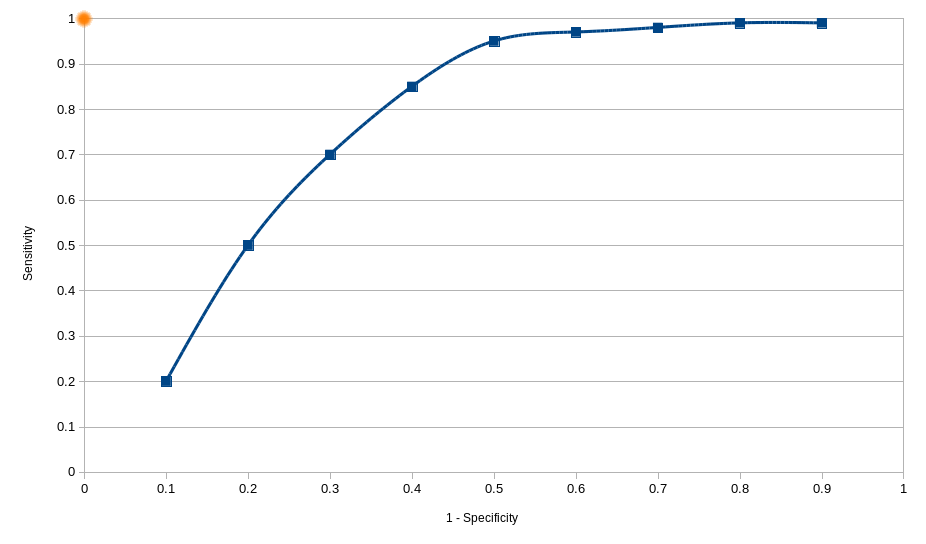C/C++: Full example of reading a whole binary file to buffer 1
The following example will read a binary in full and store it to a buffer in memory.
[download id=”2487″]
We used the custom structure binary_data_t to store the data information.
This structure stores the pointer to the data and their size.
struct binary_data_t {
long size;
void *data;
};
In main.cpp we performed three tests
- Reading a file that exists and is not empty
- Reading a non-existing file
- Reading an empty file
[download id=”2487″]
file_helpers.h
#ifndef GM_S_LITTLE_HELPERS_FILE_HELPERS_H
#define GM_S_LITTLE_HELPERS_FILE_HELPERS_H
#ifdef __cplusplus
extern "C" {
#endif
typedef struct binary_data_t binary_data_t;
struct binary_data_t {
long size;
void *data;
};
binary_data_t * read_file(const char *filename);
#ifdef __cplusplus
}
#endif
#endif //GM_S_LITTLE_HELPERS_FILE_HELPERS_H
file_helpers.c
#include <stdio.h>
#include <malloc.h>
#include "file_helpers.h"
//Returns a binary_data_t structure if reading the file was OK.
//In case of an error it always returns NULL.
binary_data_t *read_file(const char *filename) {
//Allocated our binary data structure
binary_data_t *binary_data = malloc(sizeof(binary_data_t));
if (binary_data != NULL) {
binary_data->size = 0;
void *buffer = NULL;
long position;
//Open the file for reading in binary mode
FILE *fIn = fopen(filename, "rb");
if (fIn != NULL) {
//Go to the end of the file
const int fseek_end_value = fseek(fIn, 0, SEEK_END);
if (fseek_end_value != -1) {
//Get the current position in the file (in bytes)
position = ftell(fIn);
if (position != -1) {
//Go back to the beginning of the file
const int fseek_set_value = fseek(fIn, 0, SEEK_SET);
if (fseek_set_value != -1) {
//Allocate enough space to read the whole file
buffer = malloc(position);
if (buffer != NULL) {
//Read the whole file to buffer
const long size = fread(buffer, 1, position, fIn);
if (size == position) {
binary_data->size = position;
binary_data->data = buffer;
fclose(fIn);
return binary_data;
}
free(buffer);
}
}
}
}
fclose(fIn);
}
free(binary_data);
}
return NULL;
}
main.cpp
#include <iostream>
#include "file_helpers.h"
int main(int argc, char *argv[]) {
//Testing a non-zero sized file
//read_file() will return a binary_data_t where size will be non zero
binary_data_t *binary_data_non_zero = read_file(argv[0]);
//Testing for a non-existing file
//read_file() will return a NULL pointer
binary_data_t *binary_data_not_existing = read_file("some file that does not exist...");
const char * filename = "/tmp/some_empty_file";
//Creating an empty file
FILE * fout = fopen(filename, "w");
fclose(fout);
//Testing for an empty file
//read_file() will return a binary_data_t where size will be zero
binary_data_t *binary_data_empty = read_file(filename);
return EXIT_SUCCESS;
}
CMakeLists.txt
cmake_minimum_required(VERSION 3.6)
project(GM_s_Little_Helpers)
set(CMAKE_CXX_STANDARD 11)
include_directories(${CMAKE_CURRENT_SOURCE_DIR})
set(SOURCE_FILES main.cpp file_helpers.c file_helpers.h)
add_executable(GM_s_Little_Helpers ${SOURCE_FILES})
target_link_libraries(GM_s_Little_Helpers)
[download id=”2487″]





